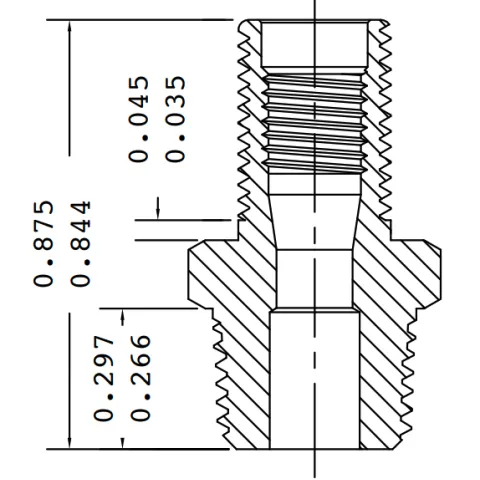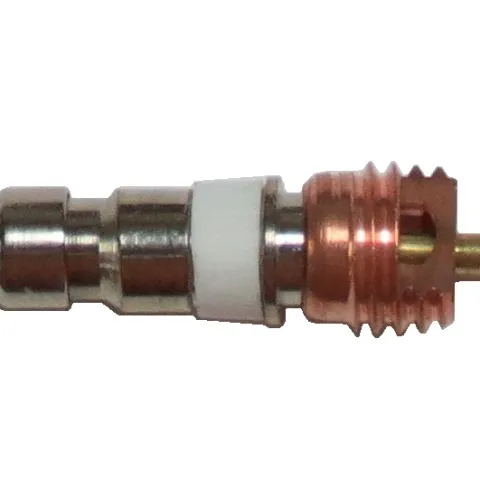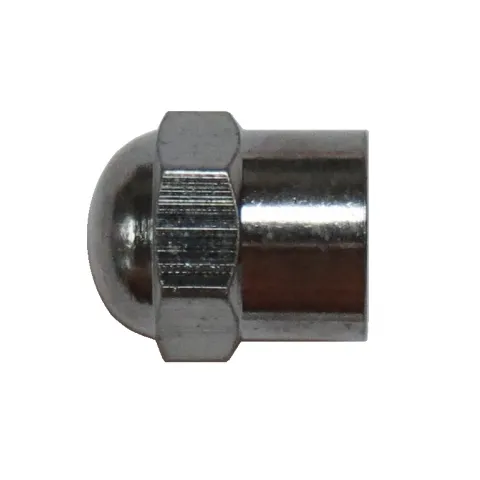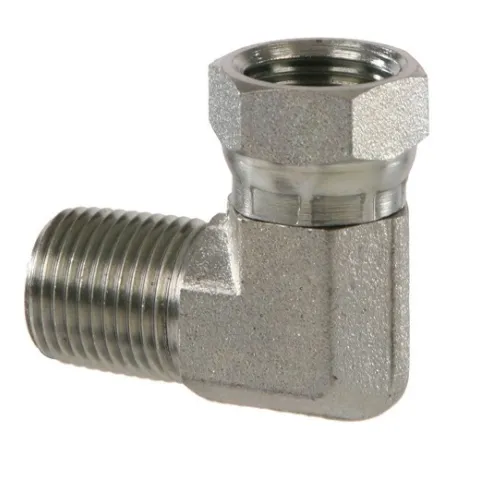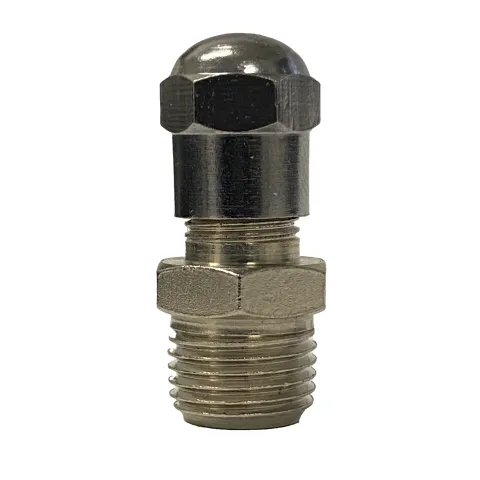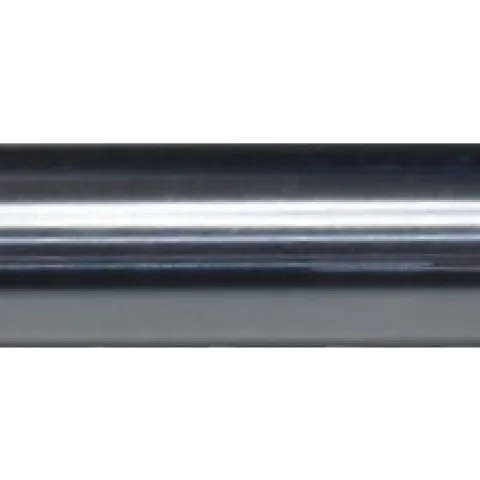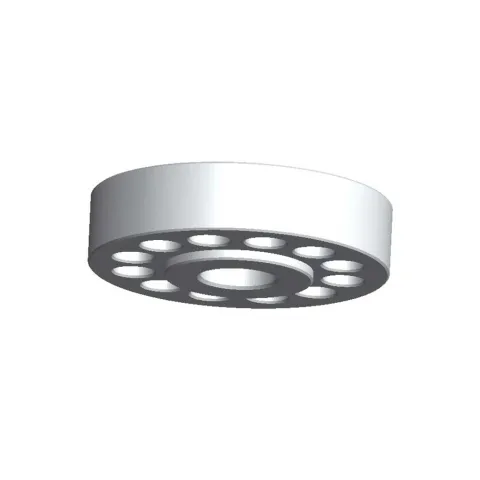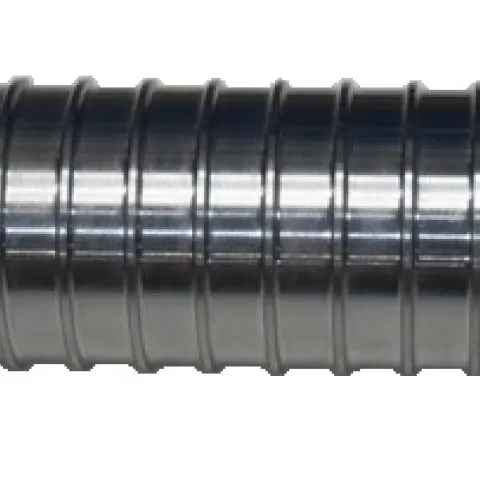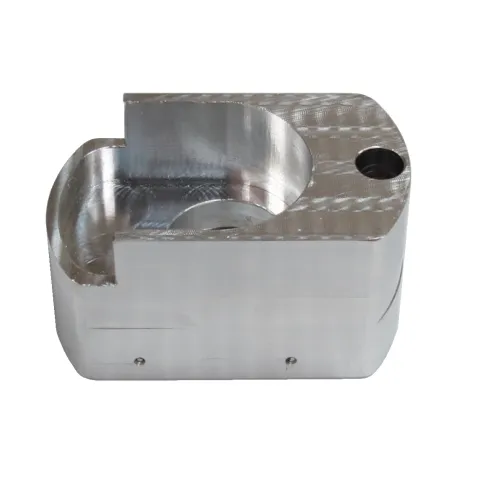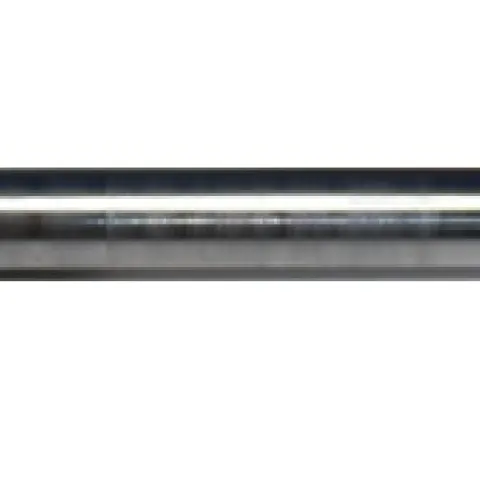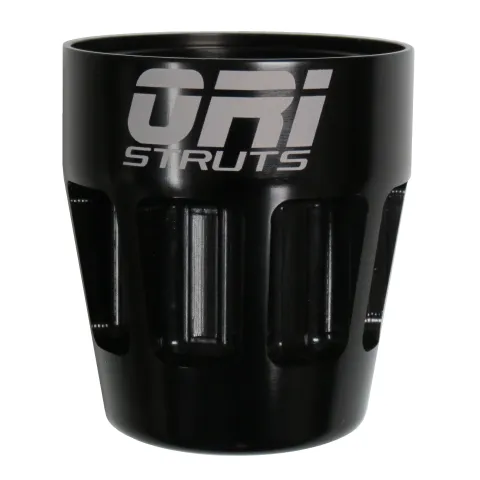
ORI STRUTS in stock and ready to ship!* Jensen Bros. not only has inventory, we are factory trained ORI STRUT's service center, tech support and dealer. We use ORI struts on our daily drivers, Ultra 4 car, and side-by-sides. So we use them daily. Call or email us for any questions.
*Some sizes are built to order. Call or email us to verify we have the size you need.
